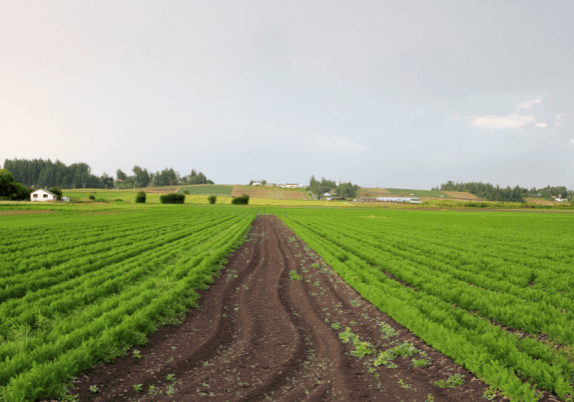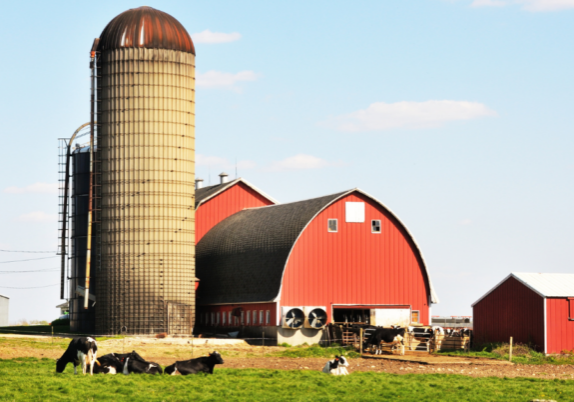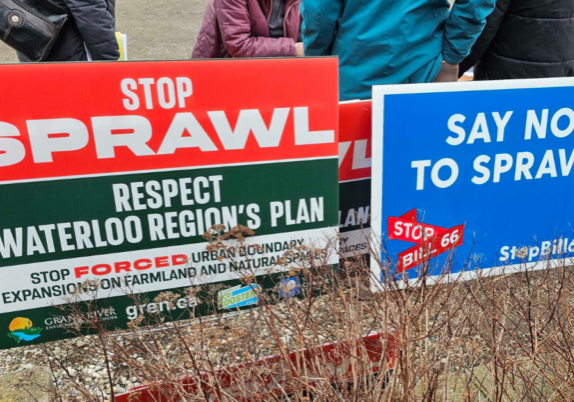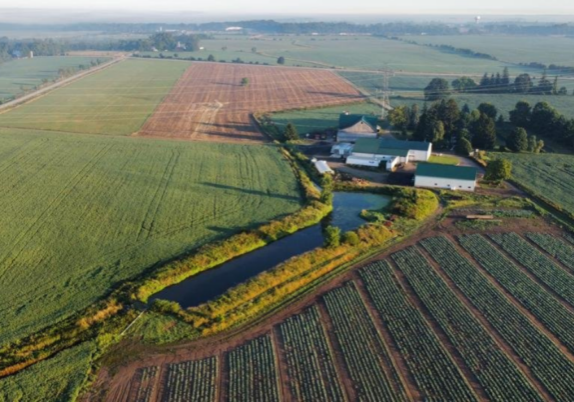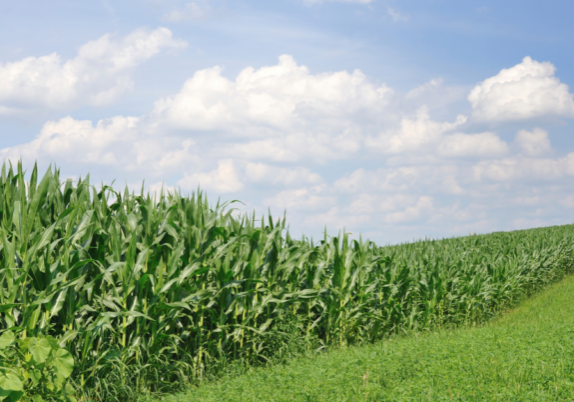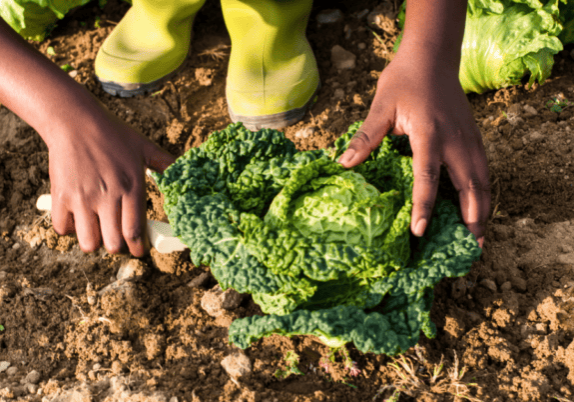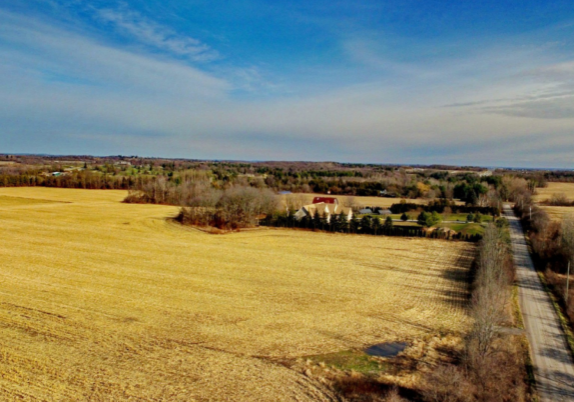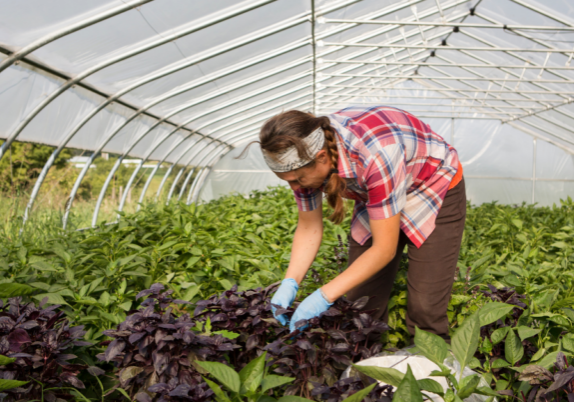Reflections and Proposals on “A Place to Grow: Growth Plan for the Greater Golden Horseshoe” (ERO 019-1679 & ERO 019-1680)
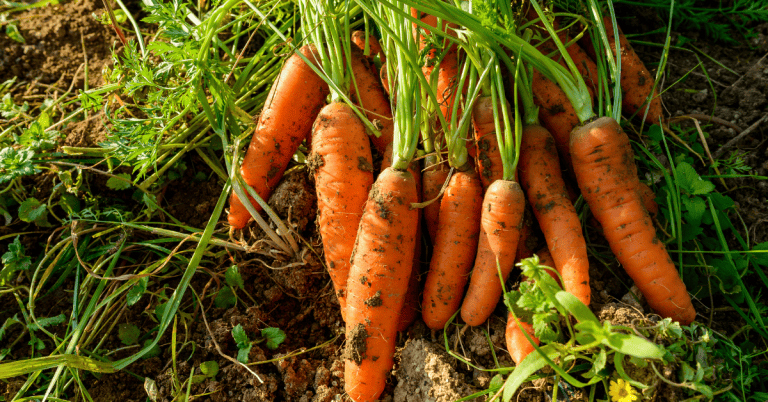
ERO 019-1679 Proposed Land Needs Assessment Methodology for A Place to Grow: Growth Plan for the Greater Golden Horseshoe.
ERO 019-01680 Proposed Amendment 1 to A Place to Grow: Growth Plan for the Greater Golden Horseshoe.
Introduction
The National Farmers Union – Ontario (NFU-O) is an accredited farm organization representing thousands of sustainable family farmers in Ontario and has advocated for farm families across Ontario and Canada since 1969. Members work together to achieve agricultural policies that ensure dignity and income security for farm families while protecting and enhancing rural environments for future generations. The NFU-O collaborates locally, nationally, and internationally to research, educate, and share effective solutions that lead to a better world for farm families and their local communities.
The provincial and municipal land use policies and decisions under A Place to Grow have a direct impact on the economic, social, and environmental sustainability of farms and rural communities, not only in the Greater Golden Horseshoe (GGH) but across the province. The NFU-O therefore welcomes the opportunity to comment on ERO 019-1679, the Lands Needs Assessment Methodology and ERO 019-1680, Proposed Amendment 1 to the Growth Plan for the Greater Golden Horseshoe.
The Growth Plan purports to balance urban growth with protection of the natural environment and farmland within the Greater Golden Horseshoe (GGH). The Plan states that the “GGH contains a broad array of important hydrologic and natural heritage features and areas, a vibrant and diverse agricultural land base, irreplaceable cultural heritage resources, and valuable renewable and non-renewable resources. These lands, features and resources are essential for the long-term quality of life, economic prosperity, environmental health, and ecological integrity of the region. They collectively provide essential ecosystem services, including water storage and filtration, cleaner air and habitats, and support pollinators, carbon storage, adaptation and resilience to climate change.”[1]The Growth Plan also states that these “valuable assets must be wisely protected and managed as part of planning for future growth.”[2]
The NFU-O believes that the following proposed changes contradict these stated aims of the Growth Plan and will lead to increased and unacceptable loss of farmland and vital natural habitats.
A) ERO 019-1679 Proposed Land Needs Assessment Methodology for A Place to Grow: Growth Plan for the Greater Golden Horseshoe
The proposed change in Needs Assessment Methodology, allowing municipalities to adopt higher growth forecasts than in the present plan, but not lower ones, is a permit for urban sprawl.
The NFU-O supports the position of Ontario Farmland Trust in its submission: “Allowing municipalities to use higher growth forecasts in their land use planning will open the door to land speculation, making farmland unaffordable and threatening the viability of the agri-food system.”
The NFU-O also supports the position of the Canadian Environmental Law Association, Environmental Defence, and Ontario Nature that:
- the Government use the Ministry of Finance forecasts based on actual census data and that the extension of forecasts should await the results of the 2021 census.
- that the Ministry of Finance should lead the development of any new forecasts.
NFU-O’s Recommendation: Do not allow municipalities to exceed the Growth Plan forecasts.
B) ERO 019-1680 Proposed Amendment 1 to A PLACE TO GROW Growth Plan for the Greater Golden Horseshoe
Extension of Plan Horizon to 2051
The proposed Amendment 1 is intended to provide population and employment forecasts which are to be used for planning and managing growth in the GGH. Two key points of the Proposed Amendment 1 include:
- Changes to the text of APTG to extend the Plan’s horizon to 2051 and to provide clarity regarding the application of Schedule 3 to 2051
- Changes to the text of APTG to remove the prohibition on new mineral aggregate operations, wayside pits and quarries from habitats of endangered species and threatened species within the Natural Heritage System for the Growth Plan;
Extending the planning horizon to 2051 is opting for a delusionary “crystal ball.”
Using shorter time intervals with stepped horizons allows for ongoing monitoring and adjustment based on actual data. The current climate and COVID crises have highlighted the need to be adaptable in planning the future.
NFU-O’s Recommendations: That the extension of the planning horizon to 2051 be dropped and attention placed on developing alternative strategies for protecting the stated “valuable assets” against future external challenges.
The NFU-O supports the recommendations submitted by CELA, Ontario Nature, and Environmental Defence for reliance on actual data with Ministry of Finance responsibility.
New Mineral Aggregate Operations
The proposed amendment to remove the prohibition on new mineral aggregate operations, wayside pits, and quarries from habitats of endangered species and threatened species within the Natural Heritage System for the Growth Plan is completely against the stated aims of the Growth Plan and is totally unacceptable.
In our submission regarding proposed changes to the Aggregate Resources Act, we stated, “Humans are simply unable to fully recover the agricultural and biodiversity values and ecological functions, formed over the centuries, that are lost when aggregates extraction proceeds. Rehabilitation must not be used to justify aggregates extraction in prime farmland and significant natural features. It is truly disingenuous to term aggregates extraction an ‘interim usage.’ The loss of food-producing lands and natural heritage features is long-term, if not permanent.”
We reiterate that statement here.
The NFU-O supports the Ontario Farmland Trust’s submission that “removing the protection of these species directly places farmland and the associated ecosystems at risk of being destroyed by aggregate operations.”
The NFU-O also supports the submission by Ontario Nature that the opening of natural heritage sites to aggregate extraction compounds the risk to threatened species by the recent changes to the Endangered Species Act, 2007.
NFU-O’s Recommendation: Sub-section 4.2.4.8 of A Place to Grow must be retained without amendment and the original policy to prohibit new aggregate extraction from habitat of endangered species be maintained in force.
Amendment to Ecological Functions Definition
The proposed amendment to exclude “hydrologic functions” from the definition of “Ecologic Functions” in the assessment of growth impacts and restoration removes a fundamental component of the ecosystem from the protection provided in the current Growth Plan. As a farming organization, whose members understand and depend on the hydrological components of an ecosystem, the NFU-O finds the thinking behind this proposed amendment to be incomprehensible. Hydrologic functions cannot be separated from the rest of the environment as they are an integral component of the environment as a whole.
NFU-O’s Recommendation: Retain the term “hydrological functions” in the definition of “Ecological Functions” to ensure that the source and surface water protection within the Growth Plan is maintained.
Definition of Impact of Climate Change:
The inclusion of “Impacts of a Changing Climate” to the list of definitions in the Growth Plan is welcomed, but the definition is woefully inadequate. Climate change is having a huge impact on NFU-O farmers. The impact includes but is not at all limited to “local regional level change in weather patterns and events.” The growing provincial, national, and international impacts can only increase Ontario’s food security risk. Now is not the time to use minimising definitions. The pressure on Ontario farmers and farmland can only increase. What impacts farmers and farmland impacts us all as we all depend on farmland for food as well as other bio-products.
The NFU-O supports the joint submissions on the definition of “Impacts of a Changing Climate” by CELA, Ontario Nature, and Environmental Defence.
NFU-O’s Recommendation: Amend the definition of “Impacts of a Changing Climate” to fully reflect the wider impacts of climate change including agriculture and the food system, forestry, bio-diversity, water resources, and public health.
As an organization made up of farmers who are daily on the land working within natural environments, we have a special understanding of the value of biodiversity in the agriculture landscape. The natural environment is a fragile system that if exploited leads to long term devastation not just for the species and land at risk but for everyone. The recent COVID-19 pandemic has highlighted how fragile our food supply chain is, and it would be short-sighted to prioritize homes and aggregates over farmland and endangered species.
The NFU-O appreciates the ability to comment on ERO 019-1679 & ERO 019-1680.
[1] A Place to Grow: Growth Plan for the Greater Golden Horseshoe, OIC No 641/2019, (May 2019) 4.1, para 1.
[2] Ibid at para 2
